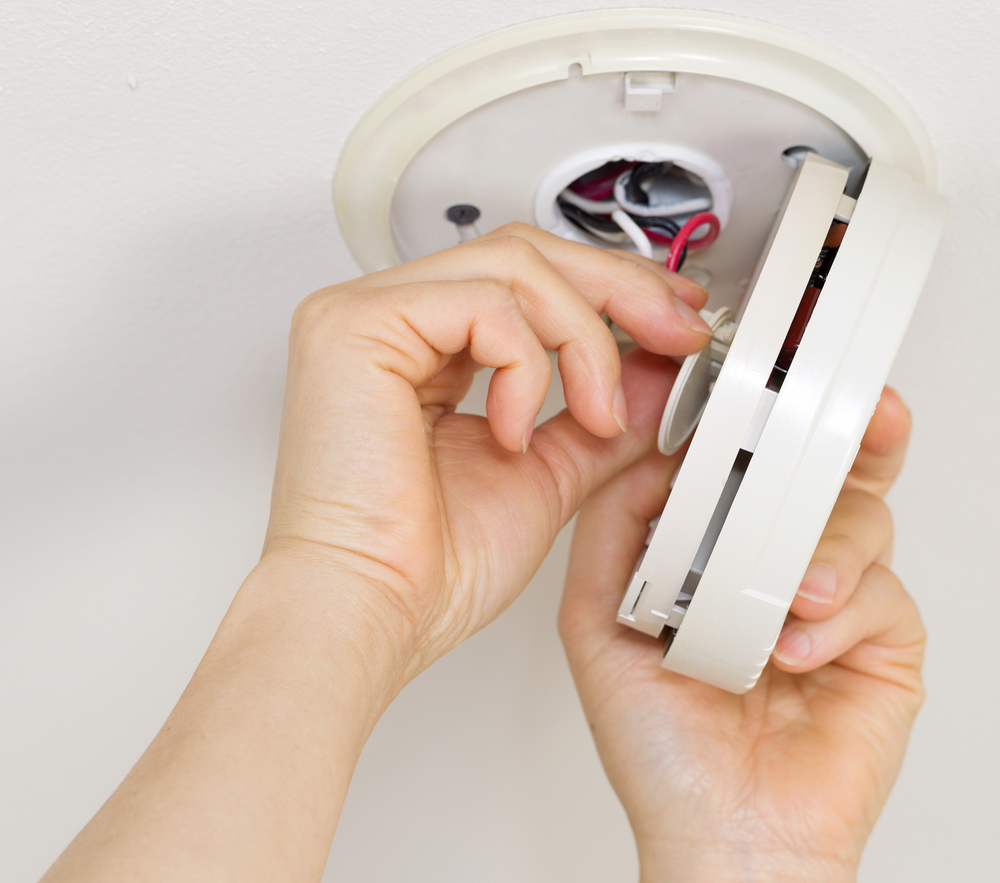The Importance of Smoke Alarms and the Changing Face of the American Home

Americans are more in tune with their snack cakes than fire safety.
A survey conducted by ORC International on behalf of Kidde Fire Safety reports that almost five times as many Americans know the shelf life of a Twinkie over the recommended operating life of a smoke alarm. Thus, your residents might be making more of an effort to rummage through the cupboard than checking perhaps the most important safety feature in the home.
Properly working smoke alarms cut the chances of dying in a fire by half, according to the National Fire Protection Association. They are largely responsible for the significant decline in fire-related deaths in the last 30 years.
For landlords, smoke alarms are inexpensive potential safety nets that protect lives and property if properly maintained.
Fires reaching flashovers quicker, meaning smoke alarms must be working
Smoke alarms are working harder, because their stake in keeping America safe from deadly fires has increased. Changes in the modern residence in the last 30 years have reduced the amount of available and safe egress times when a structure is on fire.
Simply, house fires are reaching quicker flashovers. The time that it takes for a home to become fully engulfed in flames is eight times faster than it was 50 years ago, according to Underwriters Laboratory. It takes about three minutes for the fire to get out of control, leaving little time for occupants to seek safe ground.
The reason fires are taking the fast track is because more petroleum-based synthetic materials are being used to build furniture and other goods. Manufacturers are shunning wood and natural fibers in favor of high-performance, lower-cost synthetic materials in an effort to cut costs and improve product performance.
Most upholstered furniture available today, for example, utilizes polyurethane foam for padding and synthetic fabric covers, replacing natural padding materials like cotton, down and feathers, and cover materials made of cotton, wool, linen or silk.
These materials increase fuel loads and the potential for fires to spread more quickly, according to Underwriter Laboratories (UL). Synthetics typically ignite faster, burn more intensely and create more smoke than natural materials.
Today’s smoke alarms are much better than their counterparts from 40 years ago, but researchers are still working to make them better.
Researchers are also trying to understand the characteristics of various types of fires, as well as their smoke and gas byproducts, and hope to produce a smoke alarm that reacts more effectively to fires in the modern home.
Test smoke alarm batteries and change out old units to ensure operation
Smoke alarms are already getting smarter. Two years ago, a physicist at Oak Ridge National Laboratory developed a new smoke alarm technology that differentiates between nuisance smoke – an example is smoke from cooking - and smoke from a real fire. Nuisance smoke is a major reason why people disconnect fire alarms, fire prevention officials say.
But understanding more about fire detectors and adhering to some steadfast safety rules will be more meaningful than ever until the new generation of smoke alarms emerge.
It’s a fact that smoke alarms save lives, but they have to be checked periodically to ensure they are ready to meet the call when a dwelling is on fire or smoldering.
NFPA recommends that existing smoke alarms be tested at least once a month by pressing the test button. If the alarm doesn’t test correctly – most respond with that harsh chirp – then it likely has dead batteries or a loose connection. If you still aren’t sure, reach out to your local fire department. They can probably assist you in determining if detectors in your properties are working properly.
Also, smoke alarms should be changed every 10 years from the date of manufacture to stay current with the times and to help ensure there isn’t a failure at a critical moment.
Above all, residents should be educated about the benefits of smoke alarms and their lifespan. That’s food for thought.







